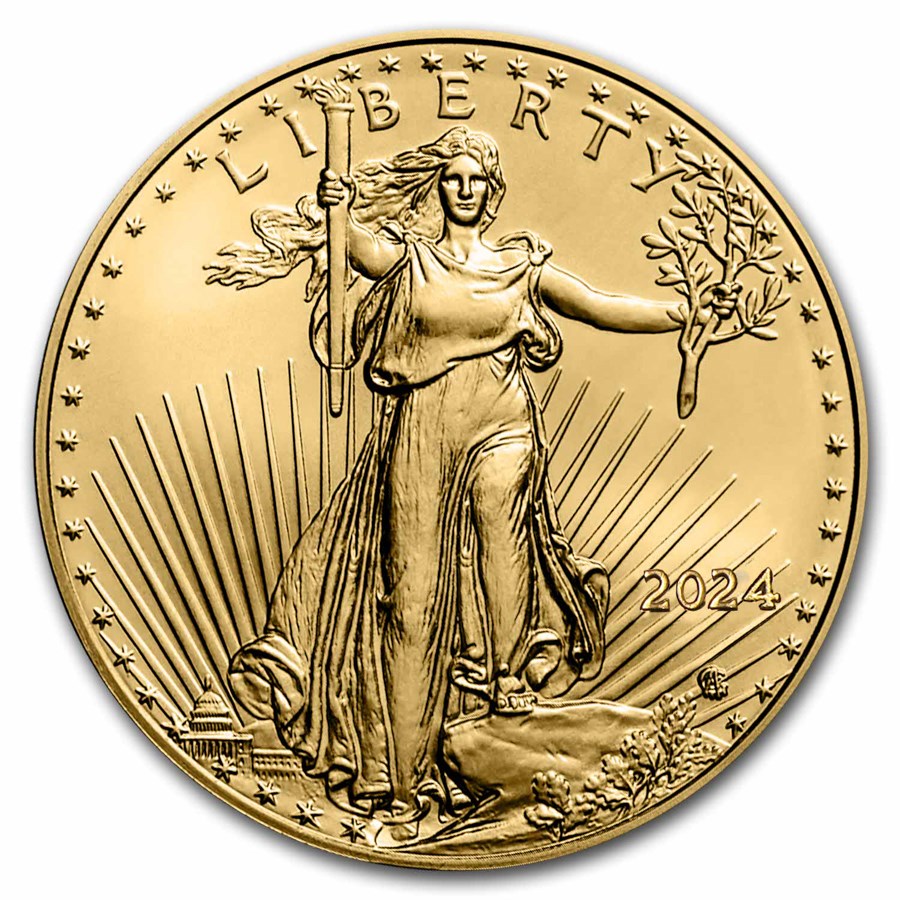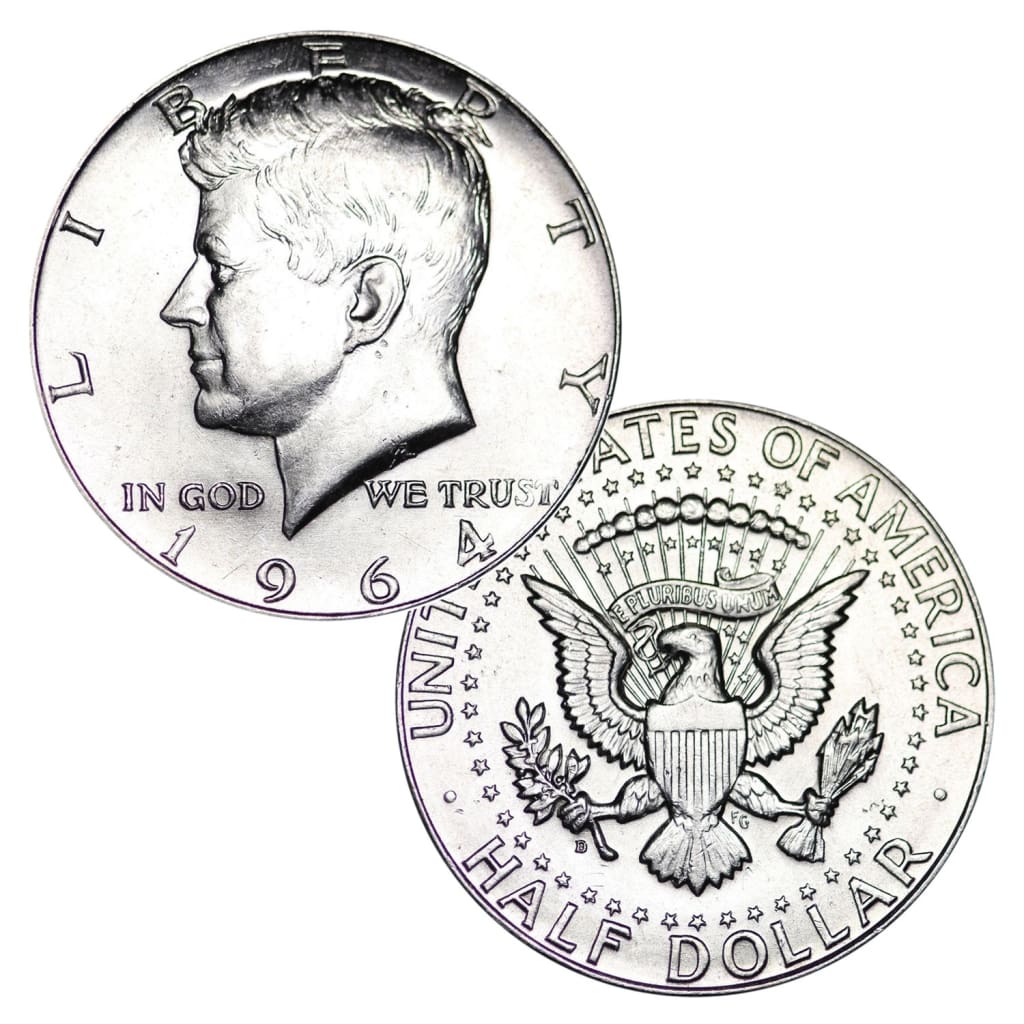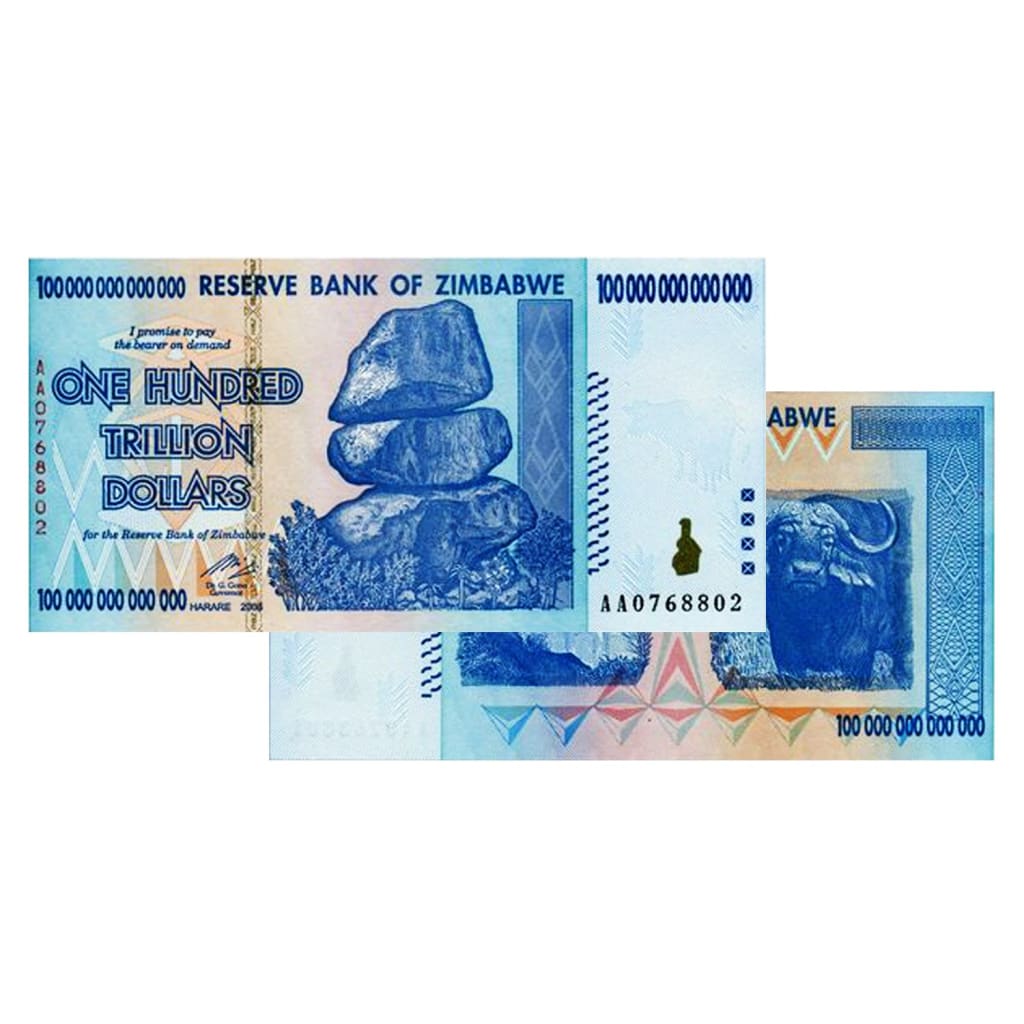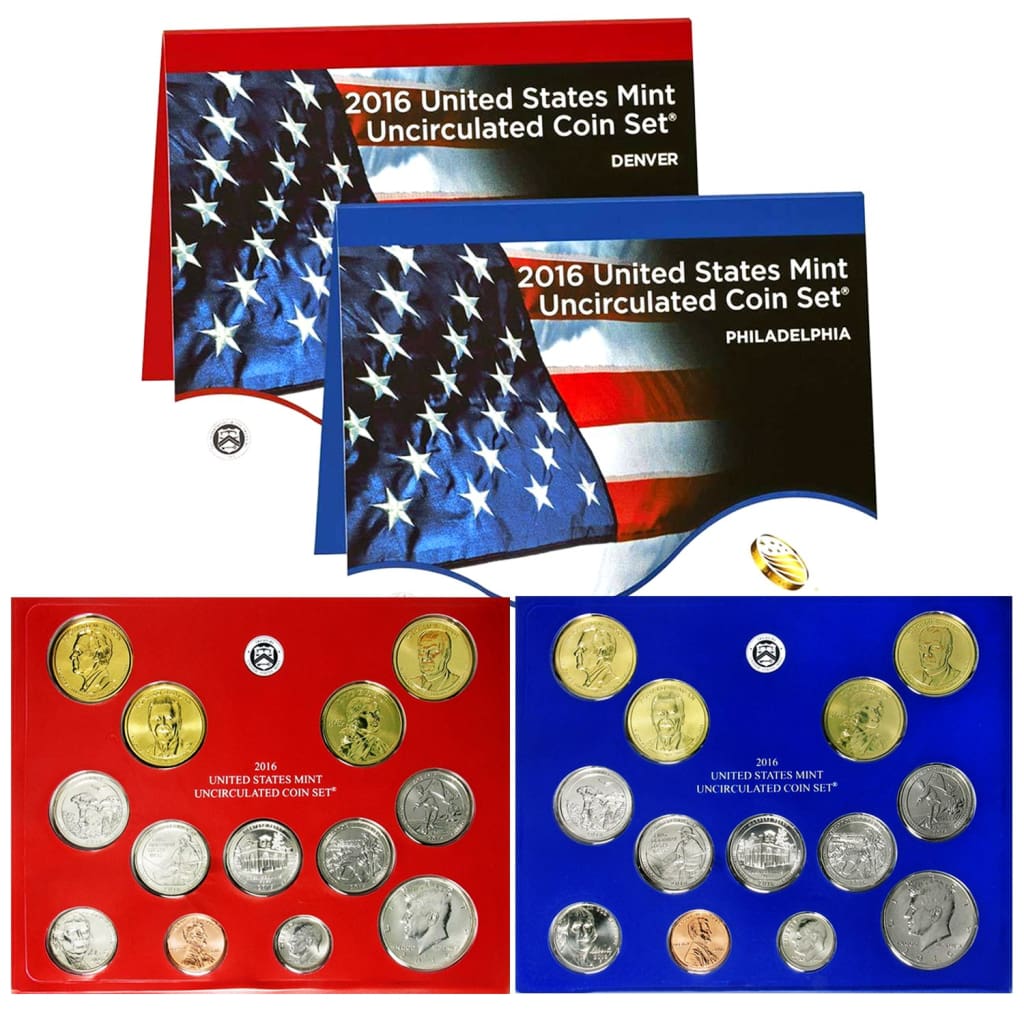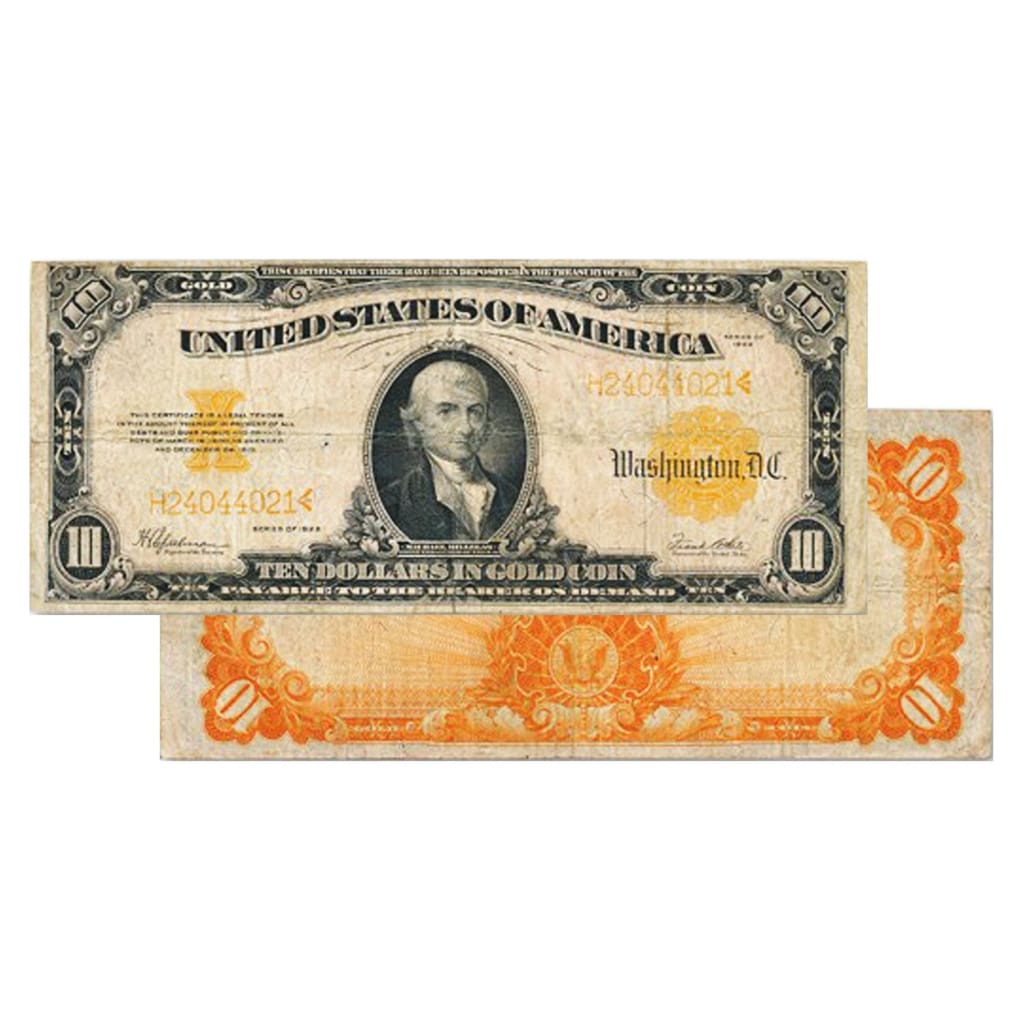Back in the day, kids used to get a kick out of taking a penny, putting it on a railroad track, and wait for a train to come by and squash it. Of course, they probably couldn’t spend it afterwards, but still, it was loads of fun.
So what can you do if your money is squashed, torn, or otherwise mutilated? Here are some answers.
Bent or Mutilated Coins
Some stores and banks will take coins at face value if they’re not too badly damaged, but it’s totally at their discretion. Banks will then forward them to the Federal Reserve for deposit and replacement.
If they’re in really bad shape, you can send them to the U.S. Mint. The Mint will redeem damaged or mutilated coins at their bullion value, which could be good news if you have a wrecked gold or silver coin, but not so much for copper unless you have a bunch. Most coin dealers will also buy them at melt value,” saving you the trouble of sending them to Washington.
The Mint will also redeem “uncurrent” (out of circulation) coins at face value, but chances are they’re worth more to dealers and collectors.
Damaged Currency
Paper money suffers all sorts of indignities. Besides getting worn out and torn, fire, water, chemical, animal or insect damage, and deterioration by burying are common money mishaps.
If More Than 50% Remains
If you have more than 50% of the original paper note, and it’s recognizable, it’s still worth its face value and may even be spendable. You can certainly deposit it at a bank, and the Bureau of Engraving and Printing redeems mutilated currency as a public service. In fact, each year they buy back over $30 million worth. But there are conditions.
If Less Than 50% Remains
Bills with less than 50% remaining are redeemable only under certain circumstances. The Bureau will examine the bills for the method of mutilation and any supporting evidence with them. They will be redeemed if the Bureau is satisfied that the missing parts have been totally destroyed, such as by fire or insect damage.
The currency must be forwarded to the Bureau of Engraving and Printing for examination by trained experts before any redemption is made.
Contaminated Money
Coins
The Federal Reserve will not accept coins that have been contaminated with germs, chemicals, or other substances that are dangerous to public health or safety. The Centers for Disease Control and Prevention has information on how to decontaminate coins on their website.
Once decontaminated, the Federal Reserve has procedures for depositing decontaminated coins on their Bank Services website.
Paper Money
Because paper money absorbs chemicals and biological agents much more readily than coins, the Bureau of Engraving and Printing has detailed procedures for submitting contaminated currency.
Specifics, including a short video are available here on the Fed’s Bank Services website.
These processes are generally in place for banks to use when dealing with mutilated currency. If you have a coin or bill that’s seen better days and won’t be accepted at a merchant, the best advice is to take it to a bank. They’ll be able to tell you your options.

